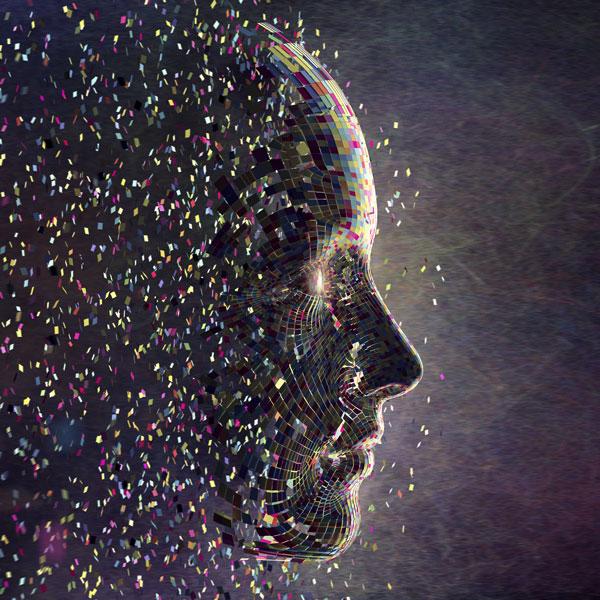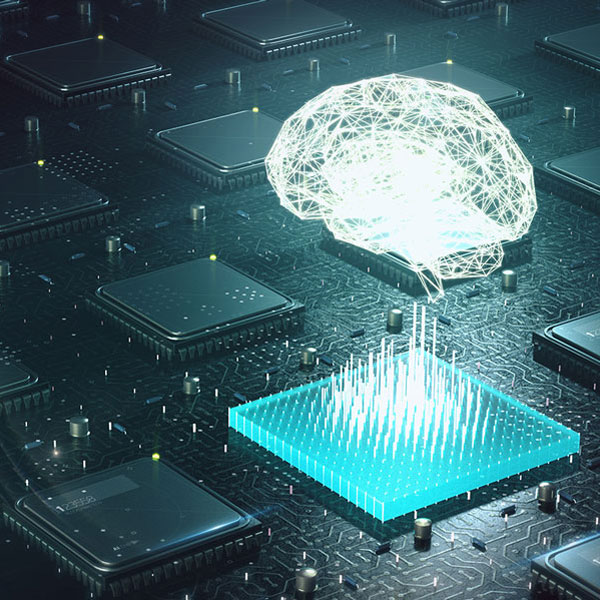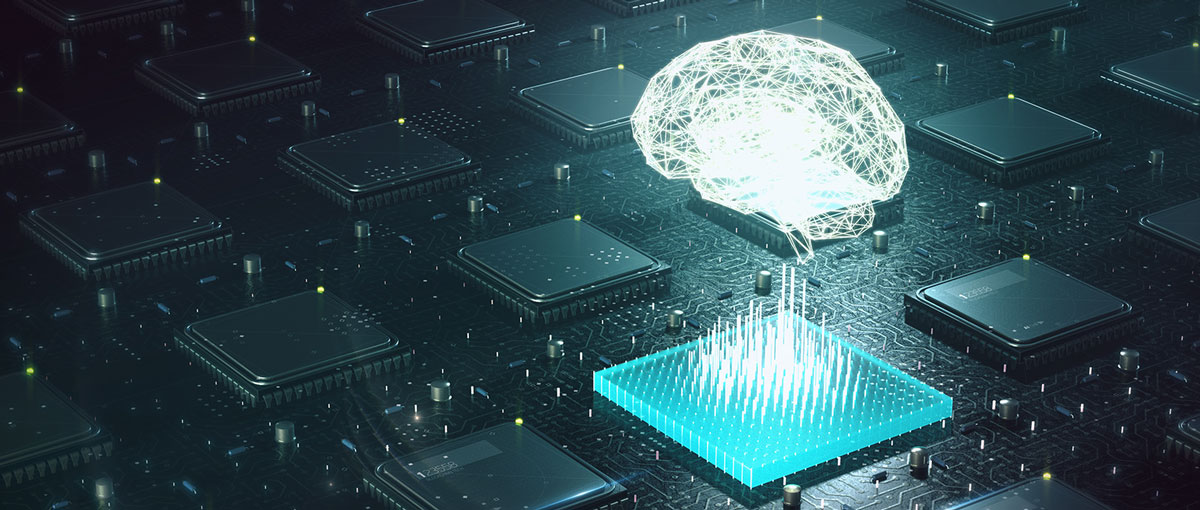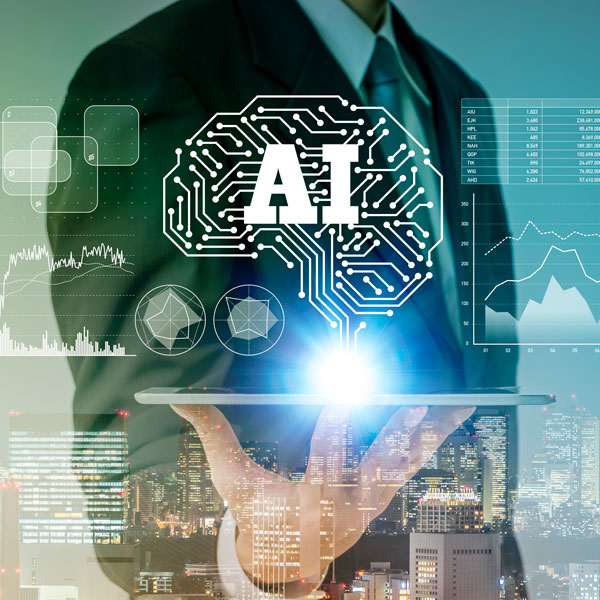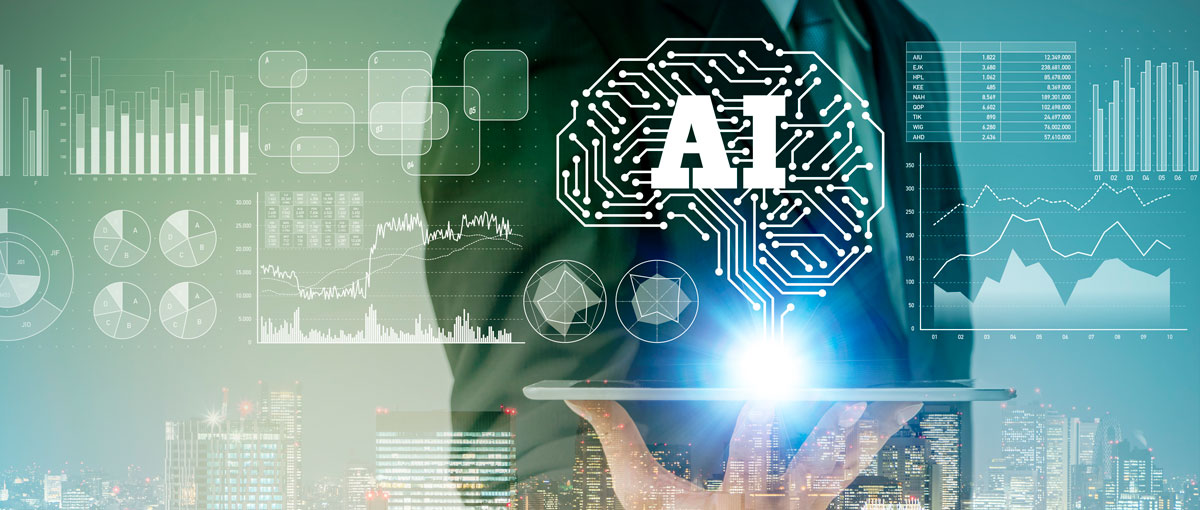
“There are no bad students, only bad teachers”. A saying that’s perhaps not always true, but perfect for understanding the workings of Artificial Intelligence, something that for the public at large is still a mysterious subject and (for some) a bit worrisome. «Fearing AI and machine learning would be a mistake – says Fabio Moioli, director of the Enterprise Services Division of Microsoft Italia –. If artificial intelligence sometimes makes huge mistakes, for example when it analyses CVs using non-inclusive criteria, it’s not the fault of AI, but that of programmers who were responsible for training and probably didn’t consider certain variables. A human error, therefore, just like that which occurs in many other fundamental sectors».
So, not a racist AI, nor one that has a subconscious or will of its own, but a tool that instead should be used, taking into account its immense potential. «For this reason, it’s good – explains Moioli – to ask ourselves about the possible risks tied to the improper use of AI, as does Elon Musk, for example. Think of the impact atomic fission or gunpowder had on the world: there are aspects to which we must pay the maximum attention, like privacy, transparency, security, inclusiveness».
Companies know that most people, when they think of AI, often rely on imaginative, almost “apocalyptic” notions. Partially to contrast this trend, many companies directly involved in the AI sector, starting with Microsoft, «have internally set up ethical committees, disconnected from any evaluation of profit or marketing, which critically analyse and in many cases reject projects considered to be at risk. A theme that also interests our client companies a lot», adds Moioli.
And companies themselves are directly called on to evaluate and tap into the potential offered by AI: «It’s a pervasive technology, that I’d call general purpose, like electricity – explains Moioli –. It can be used in any process: in interaction with clients, in the personalization of services, in the processing of products. But it can also revolutionise productive strategies, helping people to work better. Advantages that apply both to the blue-collar worker and to the engineer».
Advantages, above all, that thanks to recent developments can also be exploited by small and medium enterprises. Usually these firms can’t afford a team of data scientists, nor do they have the vast amounts of information available to larger companies. However, the situation is changing rapidly: «The fastest growing trend is that of AI that can learn more, but with the use of less data. Furthermore, increasingly popular are AI-based preconfigured cognitive service libraries, ready-to-use services (some examples: automatic translations, facial recognition, chatbots) that are highly customizable based on the needs of each individual entrepreneur. The other advantage is that in this case we don’t need real data science experts to programme everything from scratch, but easier to find and less specialized professionals are enough, such as software developers».
There’s no doubt, then, that technicians are needed. But Moioli also offers a suggestion to those who work or will work in corporate functions apparently not involved in this process of change: «Whether dealing with marketing, human resources or something else, a manager must always be aware of the potential offered by AI. He or she must know that certain tools exist and that they can improve his or her work». Thus, a widespread awareness that can’t be separated from training and education, at all levels. «In Italy there are a number of examples of sectoral excellence. FLEXA, the personalised and continuous learning digital platform of Politecnico di Milano’s School of Management, itself was designated by Microsoft as one of the most innovative projects in the world. Now, however, a lot of work also needs to be done in primary and secondary schools: in the future we’ll need professionals who speak the language of AI with increasing familiarity. This is the real priority».
